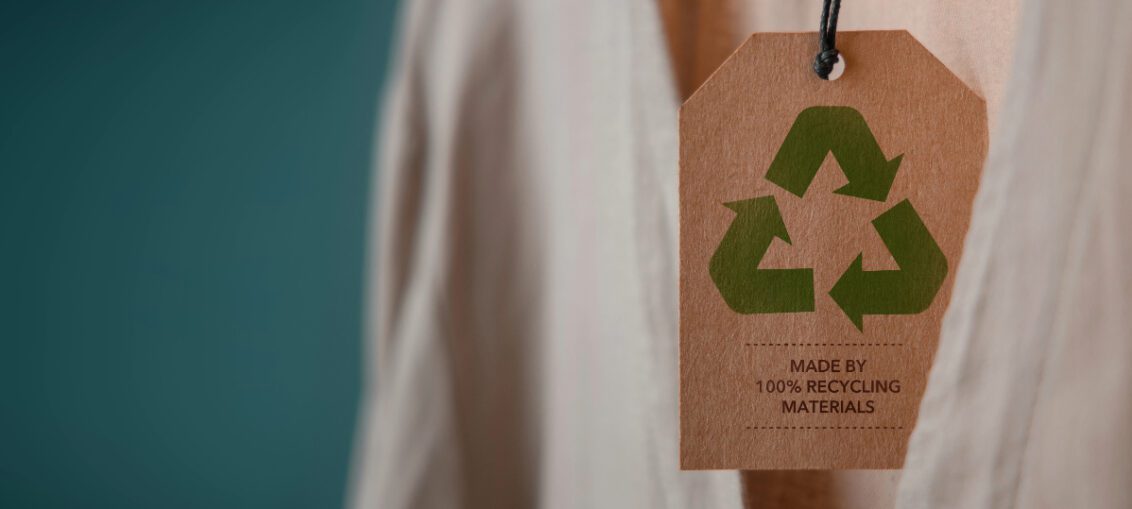
The fashion industry stands at the forefront of style, yet it’s often at the back of the line when it comes to environmental responsibility. However, a new trend is emerging that marries fashion with sustainability: garments crafted from recycled materials. Let’s trace the life cycle of a simple item—a blouse—made not from virgin fibers, but from the humble recycled plastic bottle, and unfold the tapestry of sustainable fashion’s benefits and challenges.
The Birth of a Bottle
Our story begins with a plastic bottle discarded after quenching someone’s thirst. It doesn’t head to a landfill; instead, it’s collected and sent to a recycling facility. Here lies the first victory of our narrative: the transformation of waste into worth, a testament to human ingenuity.
From PET to Threads
At the recycling plant, bottles are cleaned, shredded into flakes, and melted into pellets. These pellets are then spun into polyester fibers, a process that requires significantly less water and energy compared to producing virgin polyester. It’s a process that not only reduces waste but also diminishes our carbon footprint.
Weaving a New Narrative
The recycled polyester threads are now ready to be woven into fabric. This is where design meets sustainability; patterns are optimized to minimize offcuts, and digital printing is often used to reduce dye pollution. The result is a fabric that carries the promise of environmental stewardship.
Crafting the Garment
The fabric is cut, sewn, and finished to become a blouse. The manufacturing process strives to be sustainable, often employing solar power and recycling water. Workers in these facilities are skilled artisans of eco-fashion, playing their part in a cleaner industry.
The Challenges: Quality and Cost
However, the road is not without its bumps. Recycled fibers can be more expensive to produce and sometimes less durable than their virgin counterparts. The industry must innovate continuously to improve the quality and longevity of recycled fabrics while managing costs. It’s a balancing act between economic viability and environmental virtue.
Retail Revolution
When the blouse hits the shelves, it tells a story. Forward-thinking brands are transparent about their production practices, educating consumers about the environmental benefits of choosing recycled fashion. Here, consumers become part of the cycle, voting for the planet with their wallets.
The Second Life
Eventually, the blouse will reach the end of its lifecycle. The sustainability-minded consumer will recycle it, and the thread of our story could begin anew. The challenge remains to create a closed-loop system where clothing is perpetually recycled, never reaching a landfill.
Embracing the Future
The journey from bottle to blouse is more than a manufacturing process; it’s a vision of the future. It is a narrative that demands us to rethink our relationship with fashion. This garment, once a mere bottle, is a symbol of the potential to reinvent our industries, our shopping habits, and our world.
The Moral of Our Story
The journey of recycled fashion showcases not just the environmental benefits, such as waste reduction and energy conservation, but also the challenges we must overcome. It’s a clarion call for innovation, investment, and consumer consciousness. Sustainable fashion is not just a trend; it’s a transition to a more responsible mode of existence, and it’s draped in the green threads of recycled fashion.
